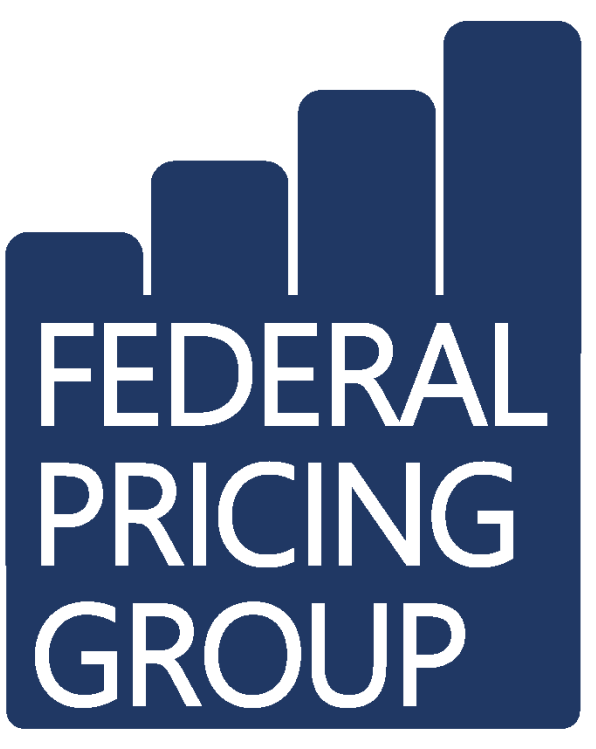After months of wondering what happened to your proposal submission, the Government has responded with pages of pricing questions. Now what? Here’s three tips to help you answer pricing questions.
Common Issues
Generally, cost and pricing questions fall into four broad issue areas:
- Omission The Government believes something is missing from your price proposal. It could be something as simple as a sub-total calculation error or something more serious such as unpriced tasks that are identified in your technical volume, but not included in your price.
- Necessity The Government believes something priced into the proposal is not relevant or ‘in-scope’. Sometimes a lack of a clear explanation of how costs were derived and or calculated can also lead the Government to question certain costs. Lump sum costs, without underlying details and explanation, are a great example of this.
- Consistency The Government believes something in your pricing doesn’t align with your technical volume. This can occur when last minute pricing drills shave costs (such as staff hours), but the change is not reflected in the technical volume (or vice versa).
- Reasonableness/Realism If the Government says a particular cost appears ‘unreasonable’, they’re saying they think it’s too high. Conversely, if the Government says a particular cost appears 'unrealistic', they’re concerned it's too low.
Three Helpful Tips
How should companies respond to these questions?
1. Don't fight the Fed.
Even if you disagree with the evaluator's question, keep in mind there’s something unclear in your proposal that created ambiguity and doubt in the evaluator’s mind. Don’t take it personally. Avoid argumentative language in your responses that just serves to aggravate the evaluators and doesn’t help you to address the issues raised. The fact that the Government may think a proposed cost might be too high (or too low) doesn’t necessarily mean you should revise your price. Often the Government uses terms such as ‘Justify’, ‘Substantiate’, ‘Clarify’, ‘Explain’, etc. to describe their need for additional information.
2. Fortify answers with facts and data, not more unsubstantiated assertions.
The four main issues: Omission, Necessity, Consistency, and Reasonableness/Realism almost always boil down to a lack of adequate documentation and substantiation as a root cause. Provide corroborating evidence to justify unit costs and rates. Clearly explain how costs were derived and/or calculated.
3. Make it Easy for the Evaluator.
If you elect to revise your pricing, clearly track those changes in your pricing model. This is especially important when there are numerous and significant changes to price. The Government needs to understand how and why your price changed. Highlight cost elements that were added to your proposal. Identify unit cost and rates that were revised. Flag items that were removed from your revised proposal. Also ensure to provide a brief narrative summarizing what has changed in your revised proposal pricing.
Conclusion
Breathe a little sigh of relief. Your firm has progressed through 1st cut. While your firm hasn’t won the contract (yet), the Government believes your proposal has enough merit and deems it worthy enough for additional consideration.
Remember, the Government is evaluating MANY proposals in addition to your proposal. Contracting officers want to progress to contract award, now ! Help them by clearly, accurately, comprehensively responding to evaluator pricing questions. Give the evaluators the missing pricing facts and data they need so they can demonstrate they evaluated your winning proposal objectively, fairly, and consistently.
About the author: Mike Gallo is Partner and Principal Consultant at Federal Pricing Group, a consulting firm focused on providing expert contracts pricing to small and mid-sized federal government contractors and cost-related acquisition support services to federal agencies. Learn more at https://www.federalpricinggroup.com/.

